Judicial appointments on hold until new Chief Justice takes office
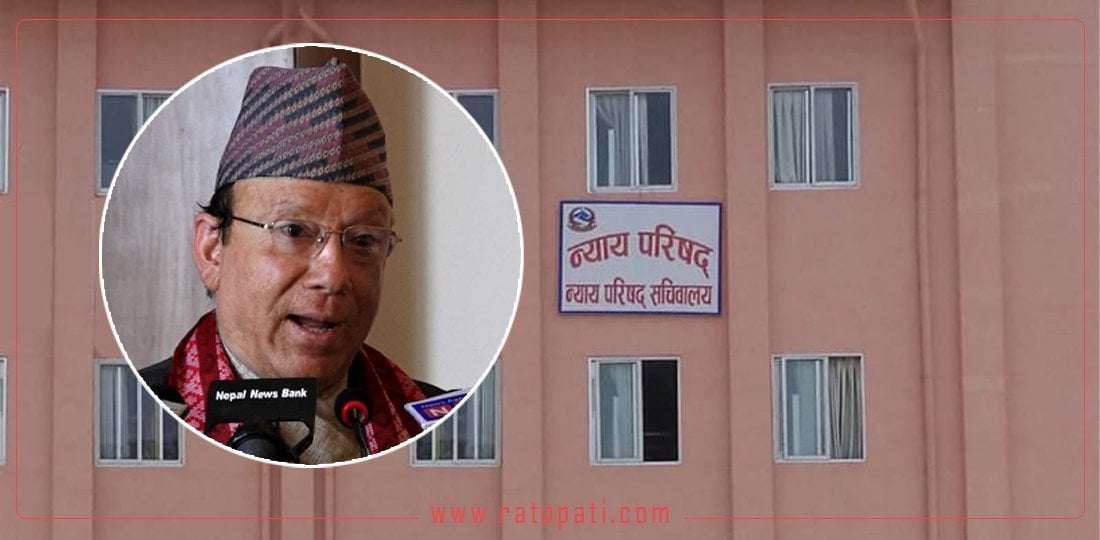
Kathmandu, September 19 — Complaints have been invited against Prakashman Singh Raut, who has been recommended for the position of the 32nd Chief Justice of the Supreme Court, for parliamentary hearings.
The hearing committee held a meeting on Thursday, during which it publicly called for complaints against Raut to be submitted to the committee. This notice will also be published in the print media on Friday.
Last Monday, the Constitutional Council recommended Raut’s name for Chief Justice and forwarded it to the parliamentary hearing committee. The council unanimously recommended Raut's name.
Padma Prasad Pandey, Secretary of the Federal Parliament, stated that the process for the hearing would move forward once the recommendation for the new Chief Justice was received by the committee.
The committee has set a 15-day period for submitting complaints. After discussing any received complaints, the committee will summon Raut for the hearing. Upon approval from the hearing, the President will appoint the Chief Justice.
It appears that these processes will take at least until the month of Ashwin. Given that the parliamentary hearing committee has issued a notice allowing 15 days for complaints, and with the public holidays during Dashain, it is expected that a decision regarding Raut's approval will be made by the end of Ashwin.
As the hearing process for the Chief Justice recommendation begins, the Supreme Court is facing a shortage of judges. Currently, there are five vacant judge positions in the Supreme Court, and the current Chief Justice, Bishwambhar Prasad Shrestha, has already been on leave. He will be on mandatory retirement starting from October 6, having separated himself from hearing cases since September 5.
With Shrestha's absence, the number of judges available to hear cases in the Supreme Court has dropped to 16. Since Shrestha is not handling cases, there are technically six vacant positions. According to the constitution, there should be 21 judges in the Supreme Court, including the Chief Justice.
According to the constitutional framework, having six vacant positions means one-third of the judges are not in place. “With six positions vacant, if someone falls ill or is otherwise occupied, we can only hold three to seven hearings each day,” a Supreme Court judge commented. “On Thursdays or when constitutional hearings are scheduled, there are often no hearings at all. How can we resolve 26,000 cases like this?”
No immediate recommendations
Due to the recommendation of a new Chief Justice, the Judicial Council has informed that there will be no immediate recommendations for the vacant judge positions in the Supreme Court and High Courts.
“A new Chief Justice has just been recommended by the Constitutional Council. The current Chief Justice (who is the council chair) is on leave. Making recommendations at this time could be contentious,” a member of the Judicial Council noted. “It’s better to wait a bit rather than make controversial recommendations. These positions have been vacant for a long time and may remain so for some more time.”
Shrestha had also mentioned earlier in an informal conversation that he would not engage in any controversial actions. He clarified that he has avoided controversies during his term and will not take any actions that might spark disputes while on leave for retirement. He expressed his willingness to agree on judicial appointments, but the circumstances did not allow for it.
Both the council members and Chief Justice Shrestha's statements indicate that no new judges will be appointed until the new Chief Justice assumes responsibility.
Shrestha had planned to convene a meeting of the Judicial Council in September to recommend appointments for the vacant positions. However, the Nepal Bar Association opposed this, claiming that no appointments should be made until the council's rules are amended, which prevented the meeting from taking place. Currently, there are six vacant judges in the Supreme Court and 16 in the High Court.
The appointment process was halted following protests by the Bar Association that began on August 30. An attempt to negotiate with the Bar involved calling a meeting of the Bar Bench Coordination Committee and forming a task force. However, disputes within the task force led to two conflicting reports being submitted, effectively closing the chapter on judicial recommendations.
Bringing experts or cadres?
Among the judges currently in the Supreme Court, Balkrishna Dhakal is a commercial law expert, while most others specialize in constitutional and criminal law. After the retirement of Anil Kumar Sinha, who was an expert in tax and commercial law, Dhakal was brought in to fill that position. There is a persistent shortage of judges with expertise in various fields in the Supreme Court, which serves as a record court and establishes precedents.
Following the retirement of Ananda Mohan Bhattarai, there has been a noted decrease in judges knowledgeable about environmental law. Similarly, the retirement of judge Ishwar Khatiwada highlighted the need for experts in international law.
In recent times, there has been a rise in crimes related to information technology, but the lack of knowledgeable judges has resulted in inadequate interpretations of those cases. Former Supreme Court judge Balaram KC has also expressed the opinion that it is more appropriate to select subject matter experts for judicial appointments rather than merely political affiliates.
“The structure of the Judicial Council is not right, and discussions about it have just begun,” KC stated. “I've been saying for a long time that when appointing judges, we need to select experts, but the bodies responsible for appointments are often politically influenced. How can we bring in expert judges under such conditions?”
He emphasized that judges should be selected based on their ability to deliver justice, rather than simply filling positions with acquaintances or supporters, asserting the necessity of appointing judges knowledgeable in areas like information technology, asset recovery, and new forms of crime.

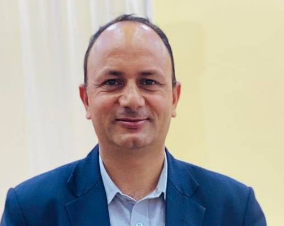
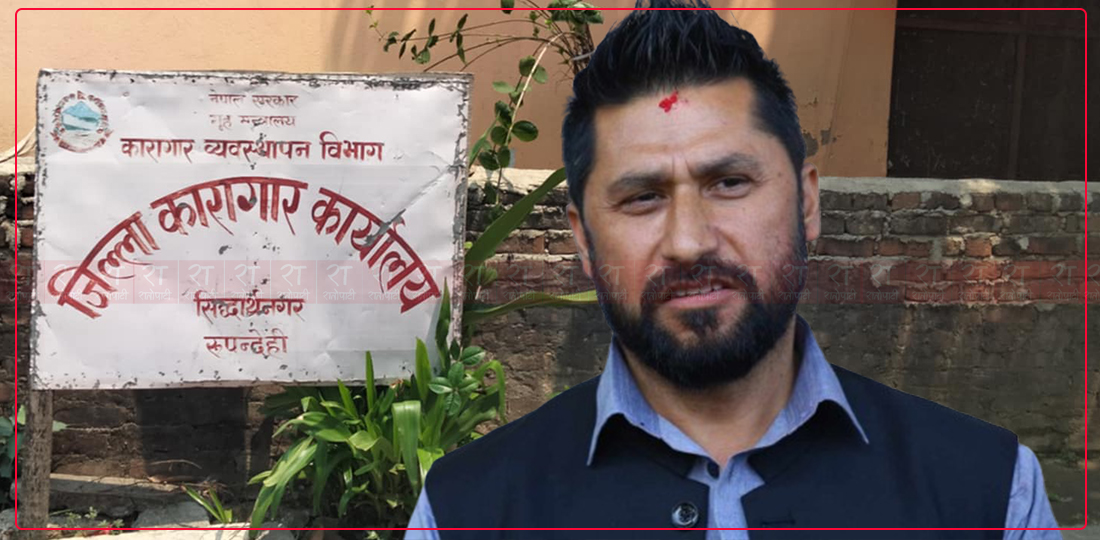
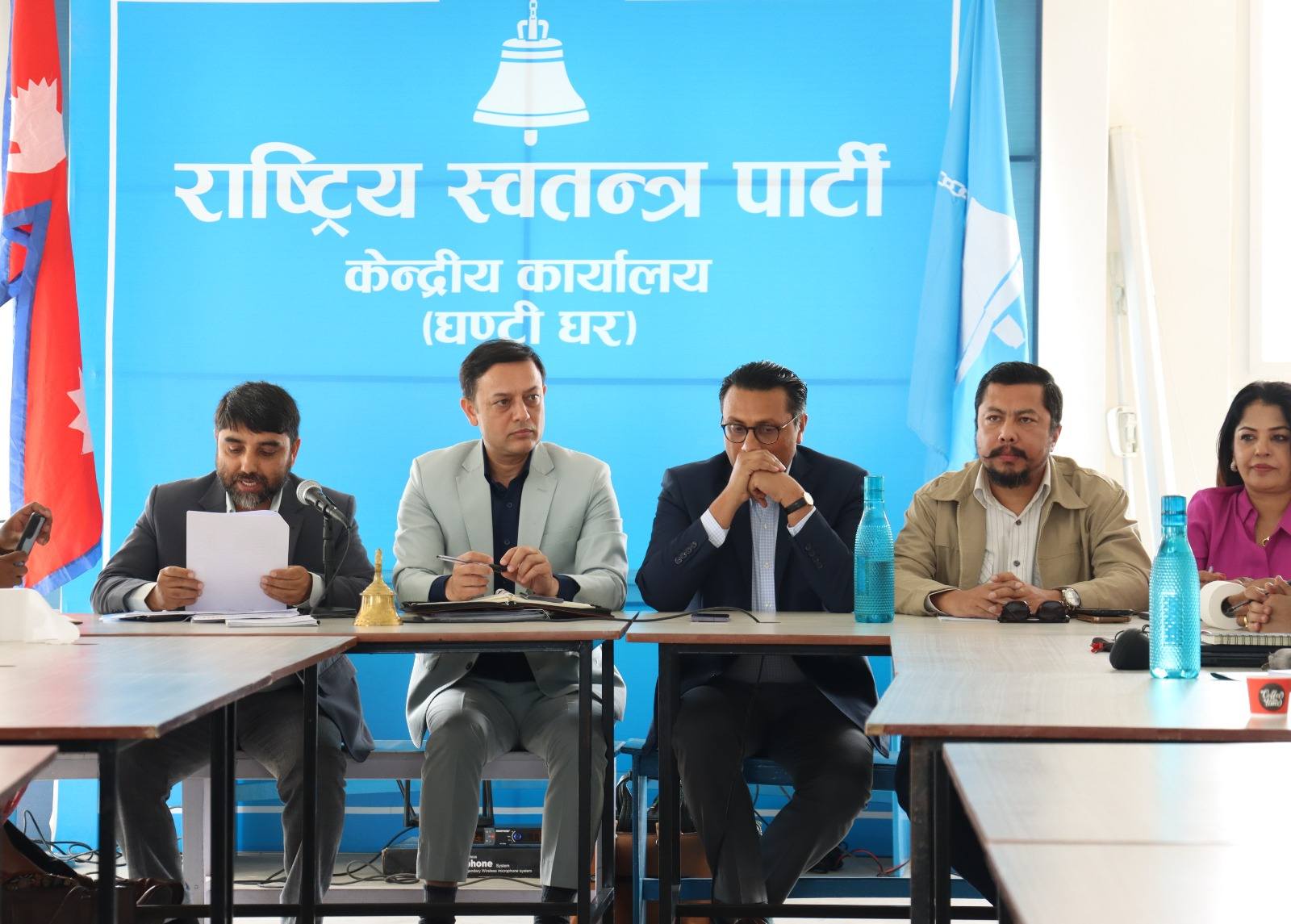
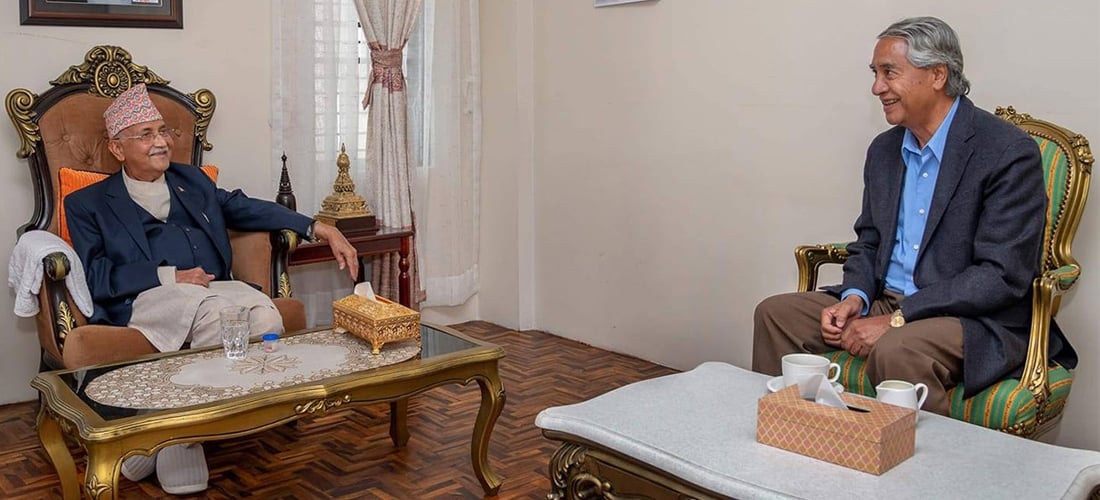
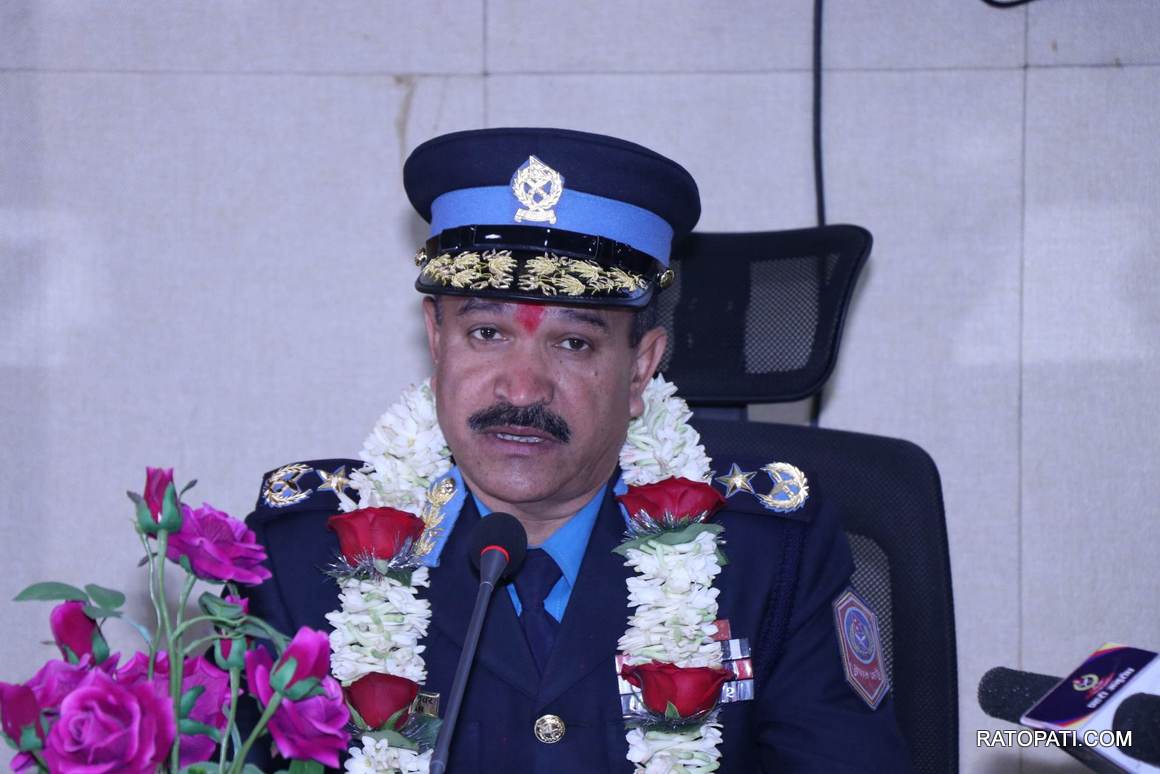

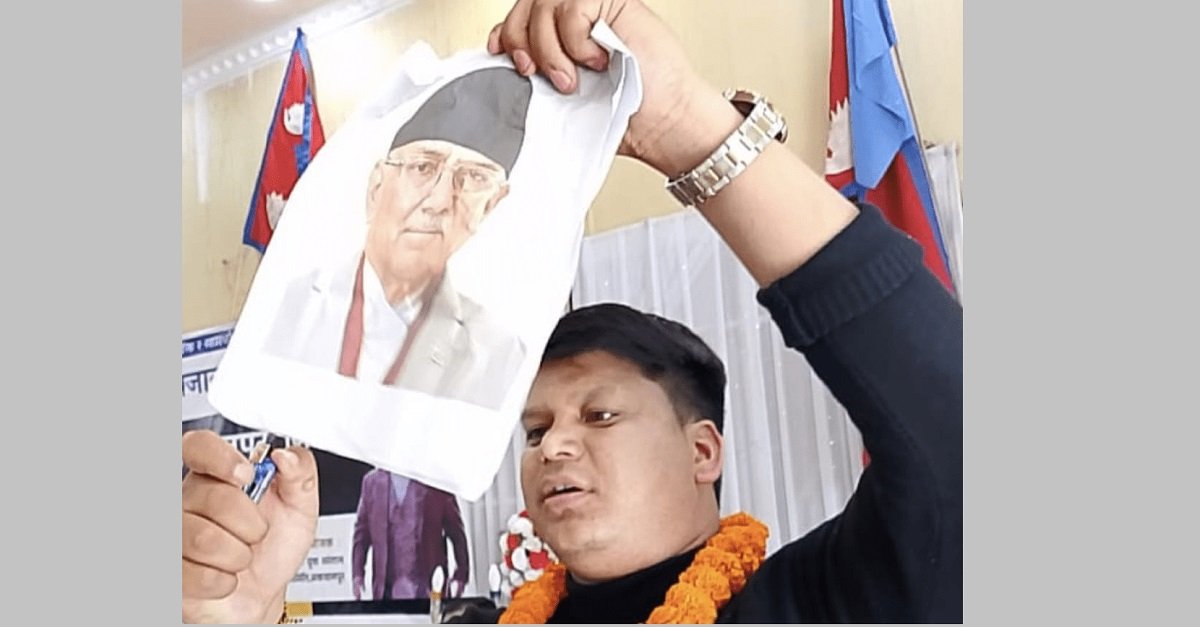
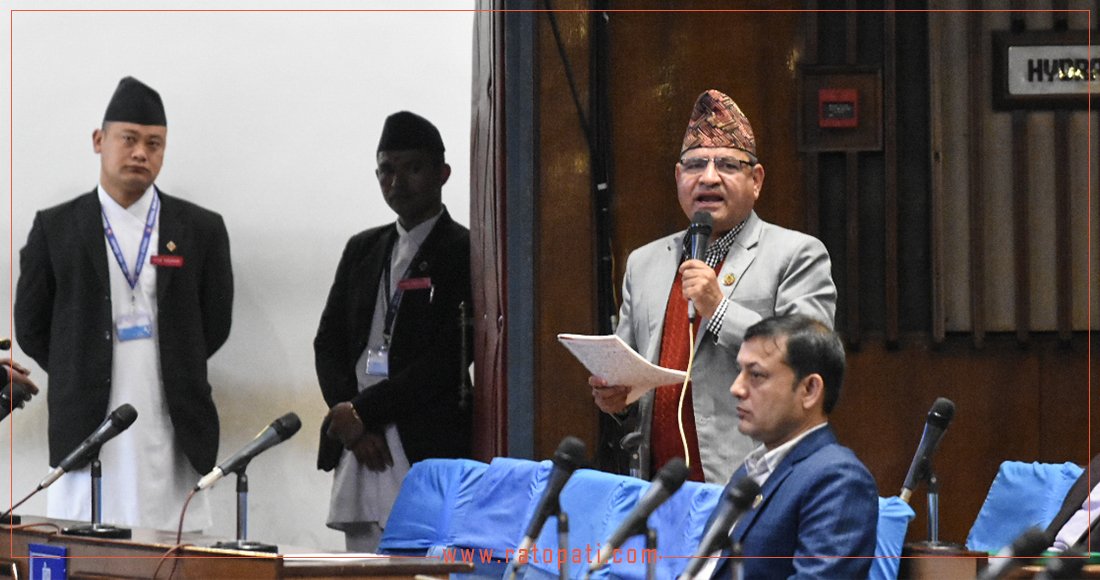
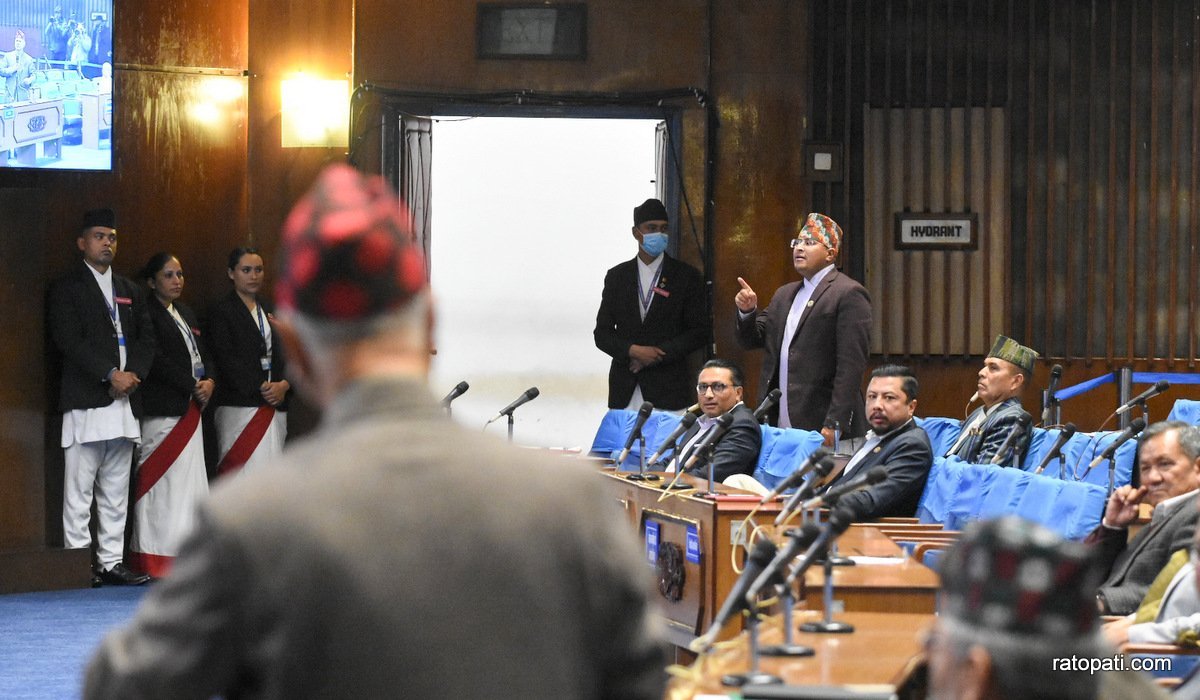
Leave Comment